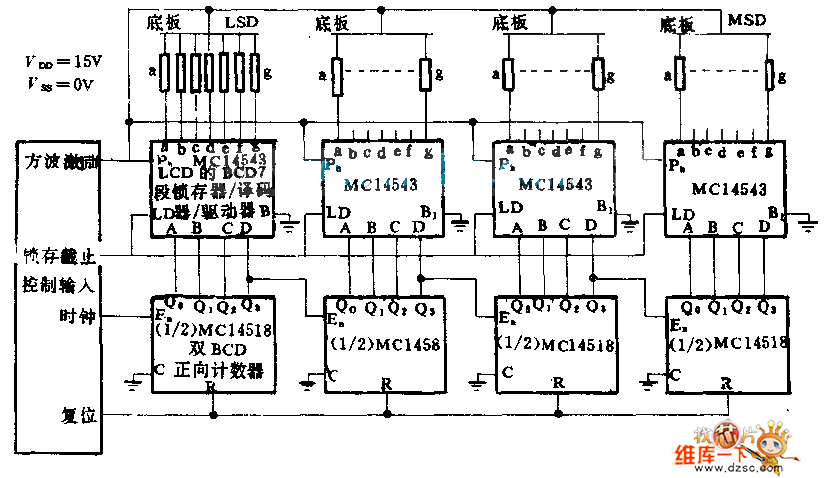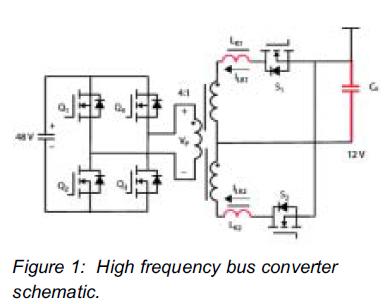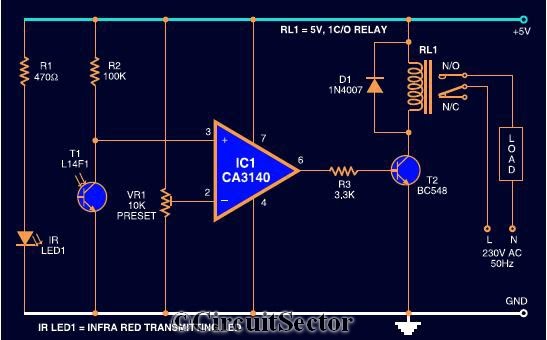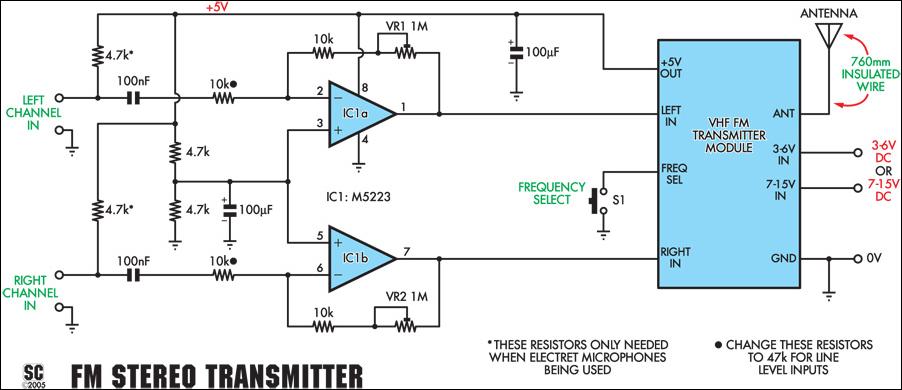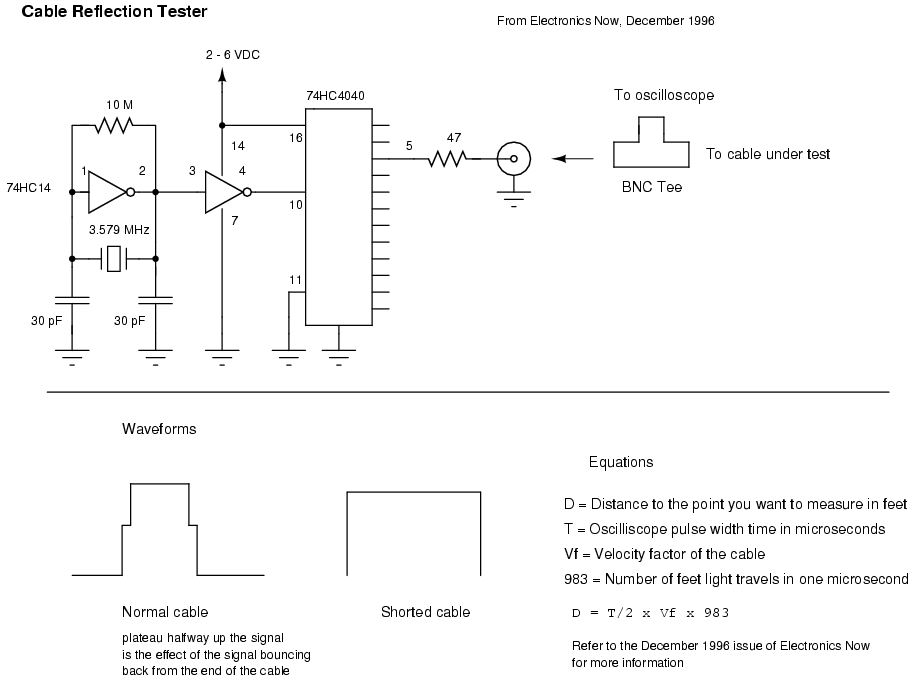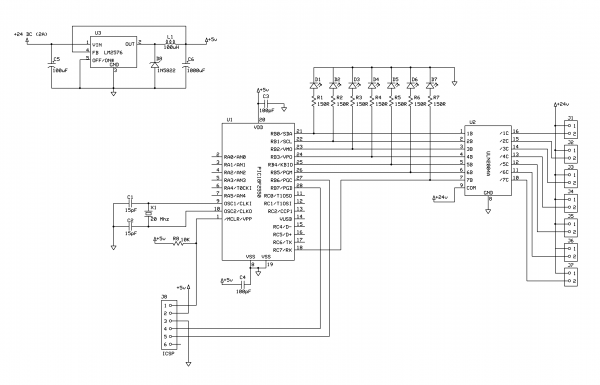
Wireless LCD Display (AT90S2313)
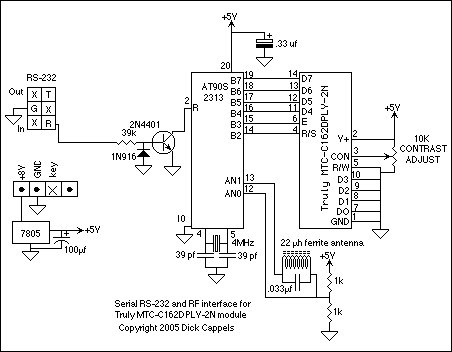
Its an adaptation of the 2X 16 LCD project, by adding a ferrite loop antenna, two resistors, and a capacitor. Here the display shows the output of the 10 bit scanning voltmeter with Minimum Mass Wireless Coupler. Both the ferrite loop antenna and the scanning voltmeter are described elsewhere on this site. This project is an adaptation of a serial interface for the Truly MTC-C162DPLY-2N. Similar to the Minimum Mass Wireless Coupled Frequency Meter project, the firmware was made by adapting that from a finished project. In this case, the part of the code that makes the calls to check for and retrieve data from the UART was modified to also make calls to check for and retrieve data from the Minimum Mass Wireless Coupler. In this way, the display can accept and display input from either source, or both at the same time if there was a reason to do that. The benefit is that the display can be used with various other devices, such as the scanning voltmeter without the need to make a physical connection. Merely place the display near the gizmo sending the signal and read the result.
The described project integrates a 2X16 LCD display with a ferrite loop antenna to enhance wireless communication capabilities. The addition of two resistors and a capacitor serves to optimize the circuit performance, ensuring stable operation of the display while receiving signals from the Minimum Mass Wireless Coupler. The ferrite loop antenna is crucial for capturing signals in the vicinity, allowing for the wireless transmission of data from a scanning voltmeter.
The firmware adaptation is a significant aspect of this project. It modifies existing code from a serial interface originally intended for the Truly MTC-C162DPLY-2N LCD. The modified firmware incorporates additional functionality to handle data retrieval from both the UART and the Minimum Mass Wireless Coupler. This dual-source capability allows the display to present data from multiple inputs simultaneously or switch between sources as needed.
The circuit design includes careful consideration of the connections between the LCD, the wireless coupler, and the antenna. The resistors are likely used for current limiting or voltage division, while the capacitor may be employed for signal smoothing or filtering. The overall design promotes a user-friendly interface, enabling users to read voltage measurements without direct physical connections to the measuring devices. By placing the display unit near the signal source, users can conveniently access real-time data, enhancing the versatility and application range of this electronic project.Its an adaptation of the 2X 16 LCD project, by adding a fettite loop antenna, two resistors, and a capacitor. Here the display shows the output of the 10 bit scanning voltmeter with Minimum Mass Wireless Coupler.
Both the ferrite loop antenna and the scanning voltmeterare described elsewhere on this site. This project is an adaptation of A serial interface for the Truly MTC-C162DPLY-2N. Similar to the Minimum Mass Wireless Coupled Frequency Meter project, the firmware was made by adapting that from a finished project. In this case, the part of the code that makes the calls to check for and retrieve data from the UART was modified to also makes calls to check for and retrieve data from the Minimum Mass Wirelss Coupler.
In this way, the dispaly can accept and display input from either source, or both at the same time if there was a reason to do that. The benefit is that the display can be used with various other devices, such as the scanning voltmeter without the need to make a physical connection.
Merely place the display near the gizmo sending the signal and read the result. 🔗 External reference
The described project integrates a 2X16 LCD display with a ferrite loop antenna to enhance wireless communication capabilities. The addition of two resistors and a capacitor serves to optimize the circuit performance, ensuring stable operation of the display while receiving signals from the Minimum Mass Wireless Coupler. The ferrite loop antenna is crucial for capturing signals in the vicinity, allowing for the wireless transmission of data from a scanning voltmeter.
The firmware adaptation is a significant aspect of this project. It modifies existing code from a serial interface originally intended for the Truly MTC-C162DPLY-2N LCD. The modified firmware incorporates additional functionality to handle data retrieval from both the UART and the Minimum Mass Wireless Coupler. This dual-source capability allows the display to present data from multiple inputs simultaneously or switch between sources as needed.
The circuit design includes careful consideration of the connections between the LCD, the wireless coupler, and the antenna. The resistors are likely used for current limiting or voltage division, while the capacitor may be employed for signal smoothing or filtering. The overall design promotes a user-friendly interface, enabling users to read voltage measurements without direct physical connections to the measuring devices. By placing the display unit near the signal source, users can conveniently access real-time data, enhancing the versatility and application range of this electronic project.Its an adaptation of the 2X 16 LCD project, by adding a fettite loop antenna, two resistors, and a capacitor. Here the display shows the output of the 10 bit scanning voltmeter with Minimum Mass Wireless Coupler.
Both the ferrite loop antenna and the scanning voltmeterare described elsewhere on this site. This project is an adaptation of A serial interface for the Truly MTC-C162DPLY-2N. Similar to the Minimum Mass Wireless Coupled Frequency Meter project, the firmware was made by adapting that from a finished project. In this case, the part of the code that makes the calls to check for and retrieve data from the UART was modified to also makes calls to check for and retrieve data from the Minimum Mass Wirelss Coupler.
In this way, the dispaly can accept and display input from either source, or both at the same time if there was a reason to do that. The benefit is that the display can be used with various other devices, such as the scanning voltmeter without the need to make a physical connection.
Merely place the display near the gizmo sending the signal and read the result. 🔗 External reference
